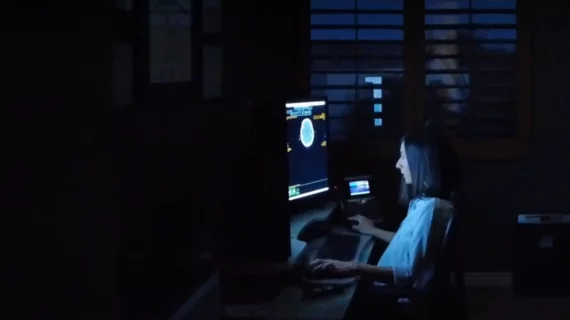AI can provide significant value to radiologists by sending urgent imaging studies to the top of their worklists, according to a new analysis published in Academic Radiology.
It’s one of many ways AI can make a difference, explained author Saurabh Jha, MD, department of radiology at the University of Pennsylvania in Philadelphia. And radiologists don’t even have to worry about the technology making a massive change to their daily routine.
“The algorithm does not do radiologists’ work,” Jha wrote. “The radiologists’ responsibilities and visual and cognitive workload are unchanged. By prioritizing, AI addresses a specific uncertainty radiologists face which is that the importance of studies is generally unknown to radiologists before they see the images.”
Exploring the true value of triage
So just how much value can these triage algorithms provide? It depends on the specific situation. In parts of the world where specialists are in short supply, for example, the algorithm practically stands in as the attending radiologist. The value being provided in those situations is colossal.
“It can take several hours’ travel on undeveloped roads to reach the nearest trauma surgeons,” Jha wrote. “A CT scan may be available locally but no radiologists may be present to interpret the images. If AI can detect life-threatening abnormalities and only positive cases are transferred, regional hospitals, which are scarce resources as well, would not be inundated with patients who do not need treatment.”
The value is more “incremental” in countries such as the United States, where radiologists are readily available to interpret studies as needed, but AI is still making a clear impact in those situations.
In his analysis, Jha put a spotlight on the push to use AI for triaging head CT scans. Time is brain, as the old saying goes, and every second counts when providers are dealing with a neurological emergency. AI, however, can help ensure that radiologists see the most important examinations right away. By reducing the turnaround times for such important cases, AI is providing considerable value to all parties involved.
The analysis also emphasized that triage algorithms aren’t necessarily always just looking for “the most clinically severe condition.” What the AI can actually reveal is which conditions is “the most reversible.”
“The more time-sensitive the reversibility, the greater the value of triage,” Jha wrote. “Widespread intraventricular hemorrhage, which has a dismal prognosis a priori, is not as time-sensitive as ischemic stroke with subtle gray-white matter effacement in the basal ganglia, which can be reversed by prompt thrombolysis.”
The danger of false-positive, false-negative findings
Of course, as is the case with any other algorithm, triage algorithms aren’t perfect. There can be false positives (FPs) and false negatives (FNs), Jha wrote, putting less urgent studies ahead of studies that actually do need to be read as soon as possible.
One side effect of this is that it can actually cause the radiologist to second-guess their own interpretations.
“Radiologists would not know whether a study is positive or negative until they have looked at the images,” Jha wrote. “But they will know whether AI thinks the study is positive or negative by virtue of where the study is placed in the queue. In AI-triage's absence radiologists may have called a study ‘normal,’ but their presence may encourage radiologists to see abnormalities which do not exist or hedge in their reports.”

